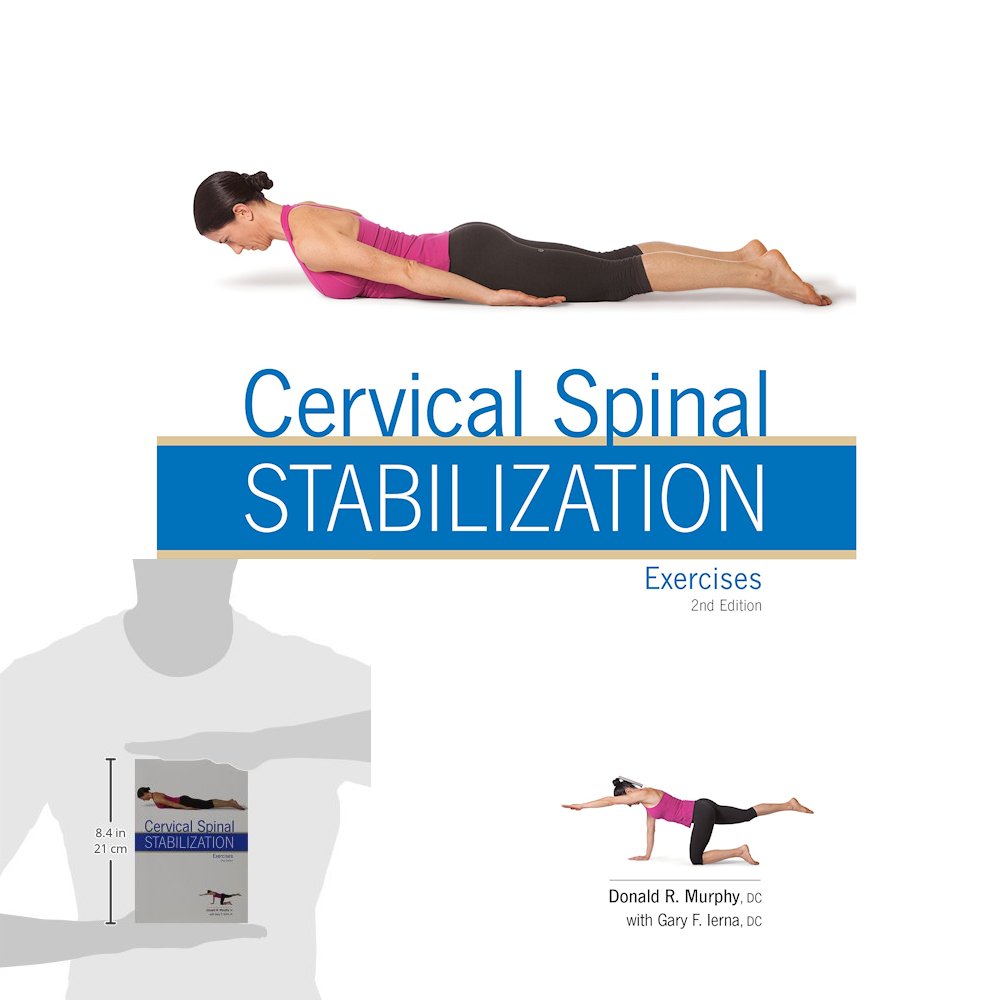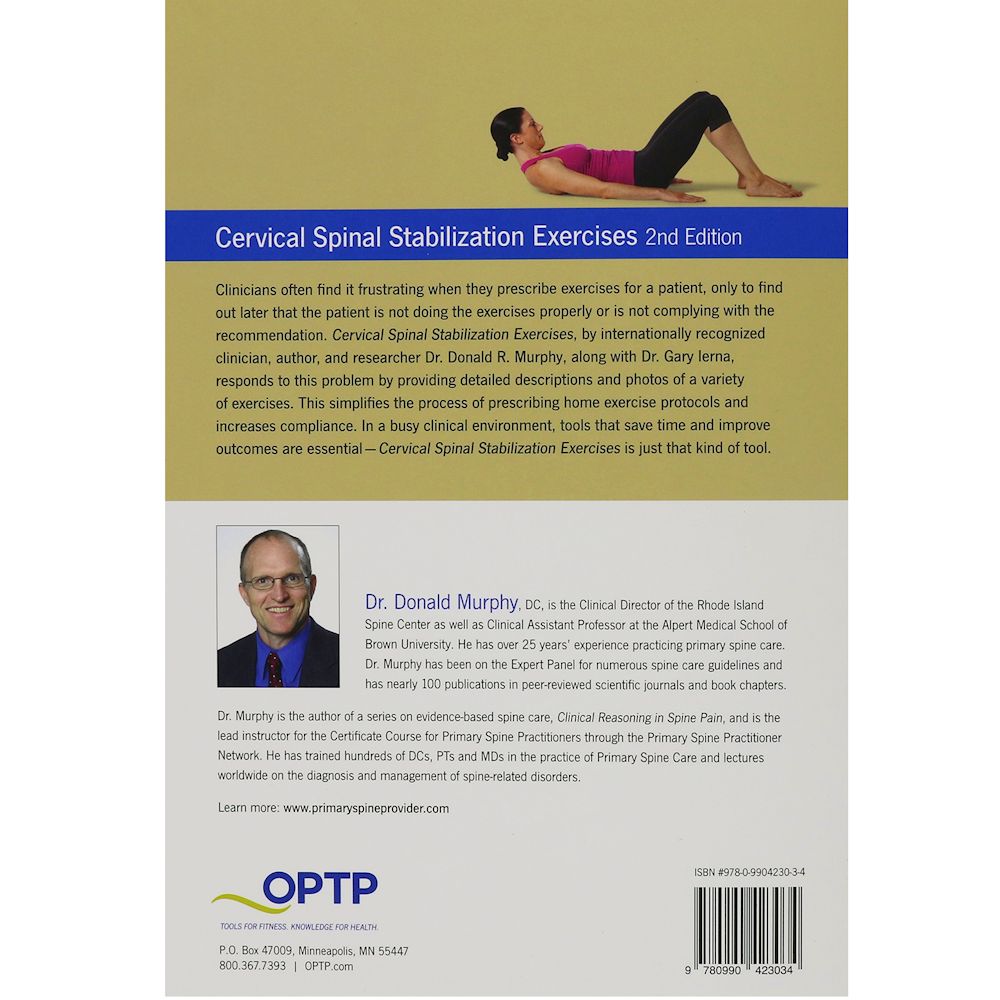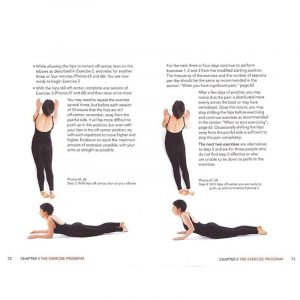Neck Stabilization Exercises
$12.95
This patient booklet demonstrates nearly 30 neck stabilization exercises for a comprehensive home program, reinforced by step-by-step instructions and full color images.
Exercises are separated into sections: Oculomotor, Hanging Head (Isometric and Isotonic), Neck Ball (Isometric and Isotonic), Cervical Stabilization and Postural exercises.
Prices & Offers Subject To Change
Neck Stabilization Exercises Book Provides A Detailed, Professionally Illustrated Program To Stabilize The Cervical Spine
Neck stabilization exercises can improve spinal flexibility while decreasing pain and restoring a more dynamic stabilizing effect for chronic neck dysfunction.
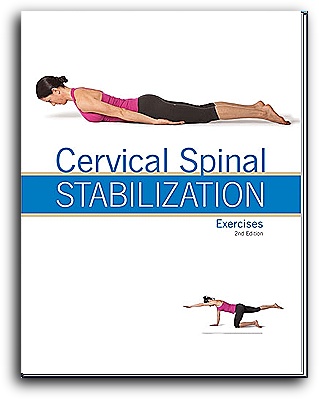
Exercises that work towards stability with increased flexibility help to reduce chronic neck pain and make it easier to keep your neck in a healthy position. Tight muscles cause imbalances in spinal movements and this can leave one vulnerable to neck injury more. Flexibility exercises for the neck can be helpful in establishing safe movement.
Neck pain that does not radiate and is due to musculoskeletal structures that are local to the neck is termed somatic dysfunction or mechanical neck pain. This is a common form of neck pain experienced by many due to poor posture, stress, work as well as leisure activities. Neck pain may also be due to an accident like a whiplash injury or from spinal degeneration, which can stiffen the spine, tendons, ligaments and muscles. These conditions often weaken the cervical spine, decreasing stability, which can lead to chronic neck issues.
Scientific studies indicate neck stabilization exercises for cervical pain to be as beneficial, if not more, as many therapeutic measures. We provide many types of neck exercises here at NeckSolutions. It is an important part of dealing with neck pain. Many individuals realize the benefits of improved posture and maintaining and/or restoring the anatomically correct and ergonomically beneficial curve of the cervical spine.
With a colorful, well written and comprehensive approach to neck stability, this book is like having a therapist in your home. For those who want a comprehensive approach, this book is for you.
A progression of neck stabilization exercises can increase flexibility in the neck, ease pain, and can also reduce the chance of re-injury.
By increasing the strength of muscles that support the neck, the spine is brought into a safe position. This training of the muscles can keep you healthy by restoring optimal neck posture. Stabilization training, series of strengthening exercises for the neck, is a great way to get better balance in the muscles around your neck, chest, and upper back which are helpful in supporting your neck in safe positions while you are working or when you are doing other daily activities.
The softcover book makes stabilization exercises for the neck simple to do at home, and by practicing these exercises often, you will become comfortable keeping your neck in healthy positions and postures with all your activities.
A 2011 study in Chiropractic & Manual Therapies indicated sufferers of both whiplash disorders and general neck pain exhibit decreased postural stability compared to healthy individuals. They noted neck pain was related to postural instability by observing center of pressure excursions in postural sway. Posture position sense or proprioception in neck pain subjects is related to instability and the presence of pain. This is directly related to standing balance.
Furthermore, a 2013 systematic review in Physiotherapy Theory and Practice found a significant relationship between both general and whiplash neck pain subjects and poor balance as compared to healthy subjects studied throughout the scientific literature. Thus, improving stability of the postural muscles of the cervical spine may help prevent falls, in addition to effecting the presence of neck pain.
What Is In The Neck Stabilization Exercises Book
This book is the updated 2nd edition and contains 28 pages, 24 of neck stabilization exercises and is a wonderful comprehensive source and a professional quality program.
- Research has shown that individuals with recurrent or chronic or neck issues are likely to suffer from problems with neck and head positioning in relation to the eyes. This is a sensiromotor problem related to occulomotor control. The book starts with some simple proprioceptive exercises to coordinate hand, neck head and eye movements. This is shown in detail and color pictures using hand and arm motions and coordination using a pen or pencil and incorporating a small ball. This increases the functional motion range of the neck and body, can help reduce pain and dizziness as well as increase postural control. This is a great addition in the second edition of this book.
- The next part is isometric and isotonic exercises done lying down to increase functional strength as well as endurance. The exercises consist of level 1 and 2 exercises while maintaining correct neck posture. Strength and endurance training may help to reduce neck pain. An endurance approach that uses low loads is sensible for those having low to moderate levels of irritability and to help avoid aggravations as well as endurance for those who spend long hours working with computers.
- We know that neck pain is seen more in women. This can be related to smaller muscles and lower muscle strength, so females may have less capacity to stabilize the neck muscles during activities involving stress and increased strain. The next part of the book consists of level 1 and 2 isotonic and isometric exercises in the standing position, using a simple playground gym ball. Most of us with kids already have these of you can purchase on at most retail stores. This is a great way to increase strength, endurance and coordination of the head and neck muscles.
- The next part are the stabilization exercises done on your hands and knees on the floor. These exercises illustrated in the book train the neck muscles to protect your neck from injury. There is a progression of these exercises from simple to more difficult, and you can progress at your own level and ability. Using your arms legs, and a book, these are great exercises for increasing strength and endurance.
- The last section deals with some simple, yet effective postural exercises done seated and standing against the wall. These strengthen and activate those muscles that get tight and lead to poor posture. They counteract the effect of weak postural muscles which lead to shrugging the shoulders from stress and doing computer work, rounding the shoulders that lead to a “hump back” and poking out of the chin, seen with forward leaning head posture.
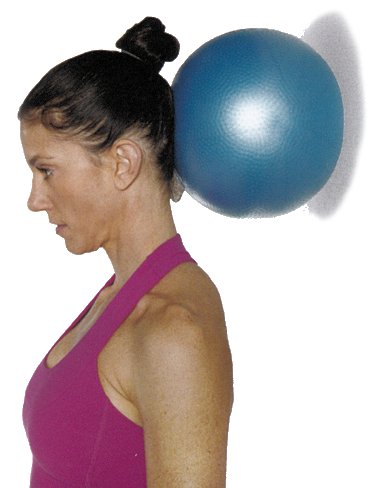
Why Use The Neck Stabilization Exercises Book
This is a professional book with a comprehensive approach to exercising, yet using no expensive or complicated equipment. You can arrange your own program based on choosing the ones you like best. Choose some from each category and put together a routine that is fun to do and does not take much time. It is a book that explains everything very well along with great color photos of how to do them.
The book is a great motivating tool that is easy to keep around or to travel with. This is one of the best tools, often used by therapists and doctors to help their patients in complying with exercises at home. The well rounded approach to neck stabilization exercises incorporates 5 phases of exercises to maximize results.
The addition of the sensorimotor exercises noted in the first section above really provides a great update to the first edition. As we age, the ability to control functional joint stability declines. This is evident in a 2015 study in the journal Clinical Biomechanics that found slower reflexes and errors in repositioning directly related to this control in the cervical spine.
A test for joint position sense or proprioception in a 2019 study in Musculoskeletal Science & Practice indicates errors in head repositioning are able to discriminate between patients with chronic idiopathic neck pain and without pain.
Control of the sensorimotor system is also related to muscle stiffness. So, the addition of these to the neck stabilization exercises adds a component that will be beneficial to all ages, helping to maintain a more dynamic functional ability as we age and an extra rehabilitative measure for more chronic cases and managing whiplash with the addition of proprioceptive training.
A 2020 study in Evidence-Based Complementary and Alternative Medicine found proprioceptive training applied as a therapeutic exercise method “…is effective at relieving pain pressure thresholds in the upper trapezius, right levator scapula, and left splenius capitis and especially effective for increasing the cervical range of motion.”
A 2021 study in European Journal of Physical and Rehabilitation Medicine neck specific exercises improve clinical function and decrease disability in chronic whiplash conditions compared to WAD compared to prescribed physical activity. Higher neck related function is important for reduced disability in chronic neck dysfunction and can lead to higher neck related function.
- An interesting 2021 study in Medicina (Kaunas) noted to compensate for the decreased respiratory function of stroke patients, overuse of the respiratory accessory muscles, like the sternocleidomastoid and scalenus muscles, can occur moving the head forward. This can affect the diameter of the chest cage as well as the volume of the lungs. Limitation of neck muscles and joint range of motion causes changes in the movement of the chest cage based on the movement of the neck, causing a decrease in respiratory function. The study found neck stabilization exercises is effective in improving respiratory function in stroke patients.
